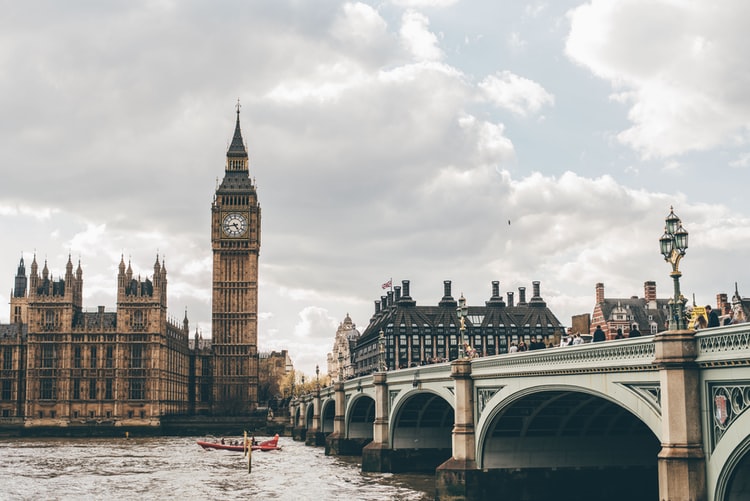“London” is one of the most well-known works by visionary English poet William Blake. In the poem, the speaker walks across London, which he portrays as a painful, oppressive, and poor place where he finds nothing but sadness. London’s cries from men, women, and children are featured prominently throughout the poem. This poem represents humanity’s inability to create a society based on love, joy, freedom, and communion with God, and it is, in part, a reaction to the Industrial Revolution.
Here’s a full poem. If you’re interested in an analysis of this poem, check out our links at the bottom!
London
I wander thro’ each charter’d street,
Near where the charter’d Thames does flow.
And mark in every face I meet
Marks of weakness, marks of woe.
In every cry of every Man,
In every Infants cry of fear,
In every voice: in every ban,
The mind-forg’d manacles I hear.
How the Chimney-sweepers cry
Every blackning Church appalls,
And the hapless Soldier’s sigh
Runs in blood down Palace walls.
But most thro’ midnight streets I hear
How the youthful Harlots curse
Blasts the new-born Infants tear
And blights with plagues the Marriage hearse.
William Blake
To read our analysis of this poem, including a breakdown of the story and meaning, click here.
For access to our full AQA Power and Conflict Poetry course, click here.
Thanks for reading! If you found this useful, you can access a full analysis of the poem here. This includes:
- Vocabulary
- Story + Summary
- Speaker + Voice
- Language Feature Analysis
- Form and Structure Analysis
- Context
- Attitudes + Messages
- Themes + Deeper Ideas
- Key Quotations
- Extra tasks to complete by yourself












